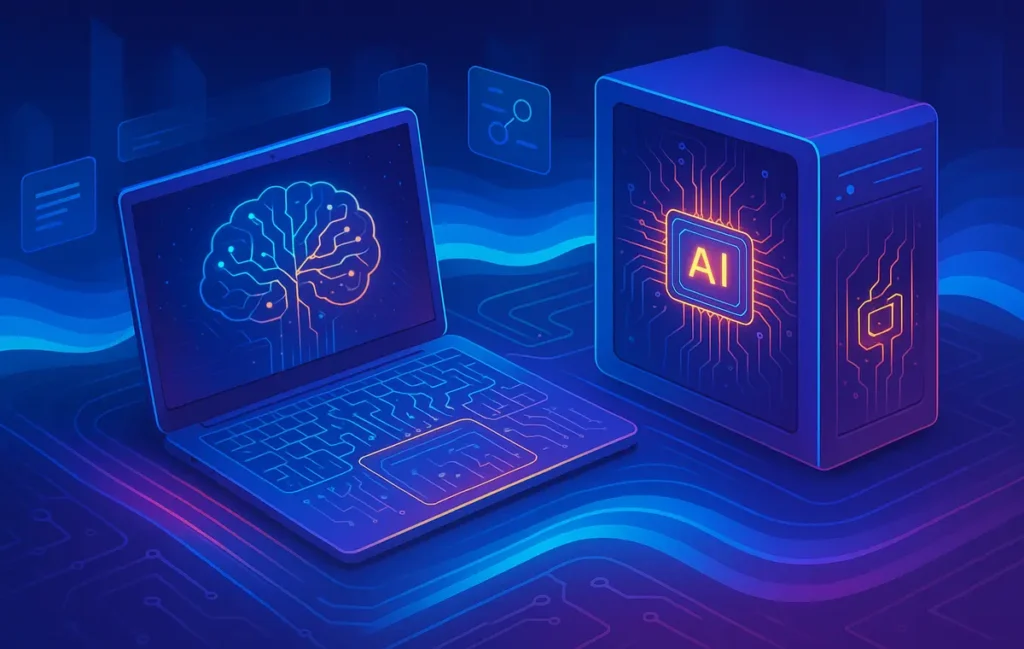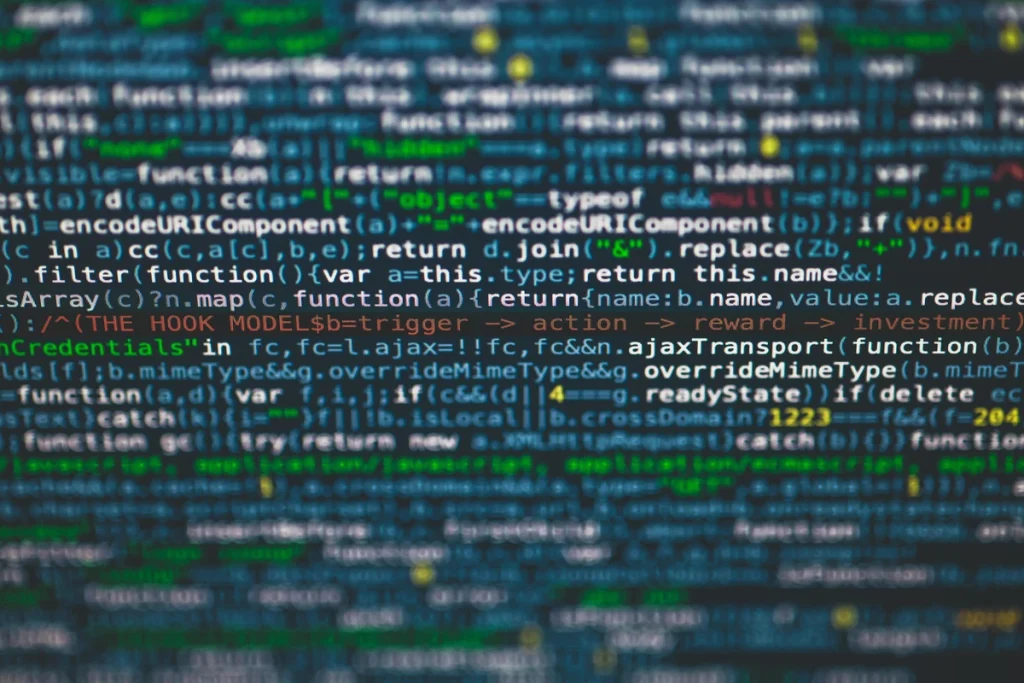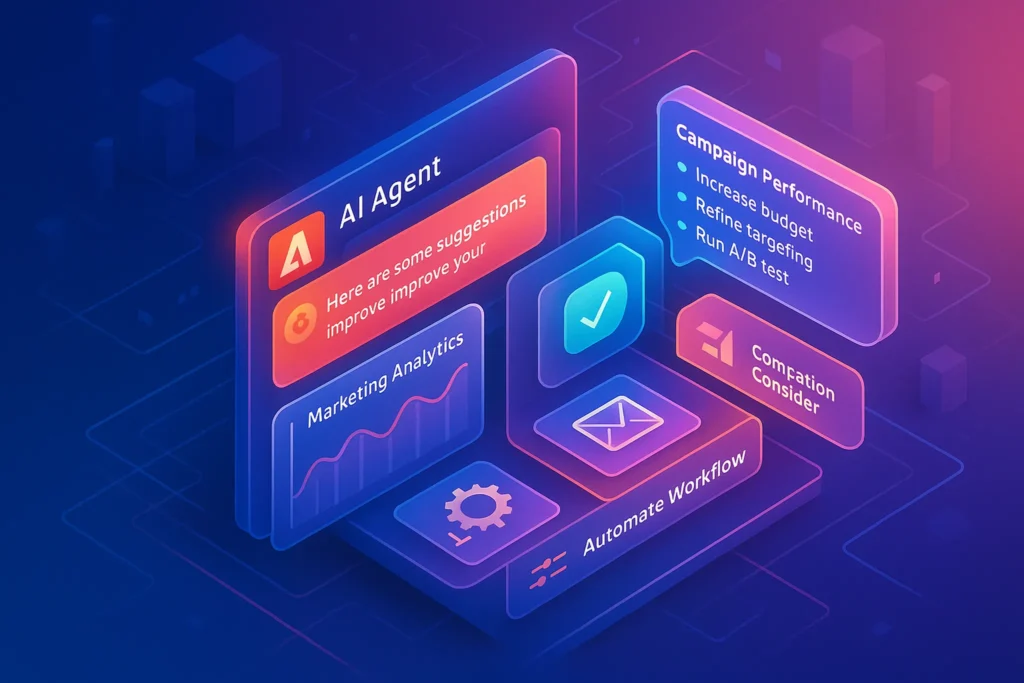🚀 Why 2025 Is the Year of AI PCs
The year 2025 will be remembered as the moment when personal computers shifted from being productivity workhorses to becoming intelligent companions. After years of GPUs and CPUs dominating computing, nearly every major OEM is betting on AI PCs—laptops and desktops that come with dedicated Neural Processing Units (NPUs) onboard. This isn’t just marketing buzz. Intel, AMD, Apple, and Qualcomm have already embedded AI accelerators inside their latest chips, and industry insiders expect more than 65% of new laptops shipped in 2025 to feature some form of neural engine.
Why is this happening now? Two forces are colliding. First, software is rapidly becoming AI-first, with tools like Microsoft Copilot, Notion AI, and Adobe Firefly baked into daily workflows. Second, users want faster, more private, and more energy-efficient ways to run those AI workloads without depending on the cloud. The AI PC is the answer to both.
💡 Nerd Tip: Think of 2025’s AI PCs the same way you think of the first iPhones with App Stores. The hardware shift opens the door to an entirely new ecosystem of software.
🖥️ What Are AI PCs?
An AI PC is not just a computer with a fast CPU and GPU. It’s a device with a dedicated neural engine or NPU—a specialized chip designed for low-power, high-efficiency AI tasks. Unlike CPUs that excel at general-purpose logic or GPUs that dominate parallel graphics rendering, NPUs are tuned specifically for matrix multiplications, inference workloads, and edge intelligence.
To put it in perspective: if you asked your laptop to transcribe a meeting using AI, a GPU could do it in seconds but would drain your battery like a gaming session. An NPU, however, can run the same task while sipping power—extending runtime by hours. This balance of speed and efficiency makes AI PCs fundamentally different from traditional GPU-only or CPU-only systems.
This aligns with the broader Edge AI revolution. Just as IoT devices started carrying intelligence onboard (explained in our deep dive on Edge AI: Intelligence on IoT Devices Explained), laptops and desktops are now following the same path.
🤖 Why Neural Engines Matter
Neural engines matter for three main reasons: efficiency, privacy, and specialization.
First, efficiency. NPUs deliver up to 10x performance-per-watt compared to GPUs for inference tasks. A 2025 Intel Core Ultra laptop, for example, can process live language translation with almost negligible power draw, where a GPU would shave hours off your battery.
Second, privacy. On-device AI means your meeting transcripts, photo edits, and personal notes don’t need to travel to the cloud for every task. This reduces latency and keeps sensitive data local. In an era where data sovereignty is under the microscope, that matters.
Third, specialization. NPUs accelerate workloads that GPUs weren’t designed for, such as context-aware summarization, multi-modal embeddings, and local speech synthesis. They are the equivalent of having a mini AI co-processor always available in the background.
💡 Nerd Tip: Don’t think of NPUs as GPU replacements. Instead, think of them as silent AI assistants that optimize tasks while freeing CPUs and GPUs for what they do best.
🌍 Key Players in 2025
The AI PC market in 2025 is defined by four chip giants:
Intel Core Ultra (Meteor Lake with NPU): Intel has rebranded its laptop chips under the “Core Ultra” name, with NPUs capable of 34 TOPS (trillions of operations per second). Early benchmarks show smooth Copilot performance without kicking fans into overdrive.
AMD Ryzen AI: AMD is betting heavily on its XDNA architecture, delivering competitive performance-per-watt. In creative apps like Photoshop AI filters, Ryzen AI laptops show a 20–30% improvement in responsiveness compared to last year’s models.
Apple Silicon (M3, Neural Engine): Apple’s Neural Engine has been ahead for years. With the M3 series, Apple doubled its NPU throughput, making AI editing in Final Cut Pro nearly seamless. Early reviewers note that “AI feels invisible—it just works.”
Qualcomm Snapdragon X Elite: Built for Windows laptops, Snapdragon X Elite is shipping in ultra-thin devices promising all-day battery life. With 45 TOPS AI performance, these machines target mobile-first professionals who want AI acceleration without the weight.
Together, these vendors are shaping the standard. It’s reminiscent of the early GPU wars, now reborn as the AI chip wars—a trend we analyzed in detail in The AI Chip Wars.
📊 AI Benchmarks & Performance
The real measure of AI PCs isn’t theoretical TOPS but real-world apps.
In productivity: Microsoft Copilot inside Office apps sees a 2x reduction in latency when suggestions are generated locally. Notion AI’s summarization, when run on-device, feels instant rather than cloud-dependent.
In creative tools: Adobe Photoshop’s AI Generative Fill and Premiere Pro’s AI filters can now run on NPUs. Testers reported up to 40% faster renders on NPU-accelerated systems compared to GPU-only machines.
In gaming: while NPUs won’t replace GPUs for 3D rendering, they can handle background AI—NPC speech synthesis, real-time translation in multiplayer chat, or adaptive difficulty models—without taxing the GPU. Early demos of AI-driven NPCs in RPGs show promising results.
💡 Nerd Tip: Don’t expect NPUs to give you higher FPS in Cyberpunk 2077. Expect them to give you smarter, more immersive AI-driven gameplay.
🔋 Battery Life Tradeoffs
One of the most overlooked benefits of AI PCs is battery life. Running AI inference on GPUs is like driving a sports car through city traffic—fast but inefficient. NPUs, however, are tuned for efficiency.
For instance, Snapdragon X Elite laptops claim 20+ hours of usage when leveraging the NPU for real-time transcription, compared to 12–14 hours if the same tasks run on the GPU. Intel’s Core Ultra demos show AI workloads consuming up to 80% less power when handled by NPUs.
For knowledge workers who run Teams, Slack, Notion, and AI-driven note-taking all day, this isn’t theoretical. It means the difference between plugging in at 2 PM and lasting till the evening.
🎨 Use Cases for AI PCs
The use cases for AI PCs are exploding, especially across three categories.
Creators: Video editors can apply AI-driven scene detection in real time. Designers can generate layouts using AI tools in seconds. With NPUs, these workflows feel like creative superpowers that don’t throttle your battery.
Knowledge workers: Imagine drafting reports with Copilot in Word while Notion AI organizes your notes—all running locally with near-instant speed. For workers who juggle multiple apps, AI PCs make context switching less painful.
Developers: On-device model training for small LLMs is becoming feasible. Developers are experimenting with running 7B-parameter models locally, fine-tuning workflows for privacy-sensitive industries like healthcare and finance.
This shift is especially relevant for people who already rely on AI assistants in their workflow. Our earlier guide on AI Agent Tools shows how these agents scale, and with AI PCs, much of their intelligence can now run offline.
⚠️ Challenges & Limits
AI PCs aren’t perfect. The software ecosystem is still in its infancy. While Microsoft and Adobe are on board, many apps haven’t yet optimized for NPUs. Some tasks still default to GPU or CPU, leaving neural engines idle.
Model size is another limit. You won’t be running GPT-4-class models locally anytime soon. Most NPUs today are designed for lightweight models under 13B parameters. For bigger workloads, cloud AI is still necessary.
Vendor lock-in is also a concern. Apple’s ecosystem ties you to its Neural Engine. Intel and AMD NPUs require Windows integration. Qualcomm’s optimizations lean on ARM-specific toolkits. For developers, this fragmentation means apps must be tuned per vendor.
💡 Nerd Tip: Before buying an AI PC, check whether your core apps actually support NPU acceleration yet. Otherwise, you may just be paying for unused silicon.
🔮 Future Outlook
The future of AI PCs is clear: hybrid intelligence. Just as smartphones balance cloud and local compute, AI PCs will juggle between NPUs and cloud GPUs seamlessly.
We can expect standardized APIs by 2026, making it easier for software developers to target NPUs across vendors. Once that happens, AI PCs will move from early adopter novelty to default expectation. Within three years, buying a laptop without an NPU will feel as odd as buying one without Wi-Fi.
This also means the PC market is finally exciting again. After years of incremental CPU/GPU bumps, 2025 marks a foundational shift: computing that isn’t just faster, but smarter.
⚡ Ready for an AI PC Upgrade?
Check out the latest AI-powered laptops and desktops equipped with NPUs. Get smarter workflows, longer battery life, and future-proof performance.
📂 Real-World Case Study: A Creative Team’s Leap into AI PCs
In late 2024, a small design agency in Berlin decided to upgrade their laptops to Snapdragon X Elite-based AI PCs. Their main bottleneck was video editing and rendering time inside Premiere Pro. Before the switch, a typical 12-minute brand video took 55 minutes to render. After moving to AI PCs, the same task completed in 39 minutes—a 28% improvement.
But it wasn’t just raw speed. The team reported that battery life increased by 6+ hours during on-site client presentations, since NPUs handled background AI tasks without taxing GPUs. One team member wrote on X:
“Running Copilot in PowerPoint on my new AI laptop feels like having an assistant who never gets tired. GPU fans don’t even spin up anymore.”
This anecdote illustrates the practical ROI that AI PCs are already delivering. For small creative teams, that translates into faster delivery times, happier clients, and fewer hours tethered to power outlets.
💰 ROI: The Business Case for AI PCs
Buying an AI PC often means paying $200–$400 more than a comparable non-NPU machine. But is the investment justified? Let’s look at it through ROI:
If a knowledge worker saves just 30 minutes a day thanks to faster AI-assisted workflows, that’s 2.5 hours a week. Over a year, that equals 120+ hours saved. At an average consulting rate of $50/hour, that’s $6,000 worth of reclaimed productivity—for a one-time hardware upgrade.
For freelancers, creators, and professionals, the upfront premium becomes negligible compared to the value of time. This is why analysts project AI PC adoption to surge past 200 million units by 2027, with the business ROI narrative driving much of that growth.
💡 Nerd Tip: Don’t think of AI PCs as gadgets. Think of them as time-multipliers—hardware that pays for itself within months.
🔐 Ethics & Security in the Age of AI PCs
While AI PCs bring local intelligence and privacy, they also introduce new ethical and security debates. On-device AI means sensitive documents and conversations can stay private. But at the same time, vendor lock-in raises questions:
-
Will Apple, Intel, or Qualcomm have too much control over how NPUs are used?
-
Could firmware restrictions prevent independent developers from unlocking full potential?
-
What happens if AI PCs quietly run background models we didn’t consent to?
Cybersecurity experts warn that “black box” NPUs need transparency. If models are embedded at the firmware level, users should have visibility into what data is processed locally. Regulators in the EU and US are already exploring AI hardware accountability frameworks for 2026.
This ethical lens matters not just for developers, but for everyday professionals who want assurance that their local AI is truly under their control.
📊 Quick Comparison: AI PC Chips in 2025
Here’s a high-level comparison of the four leading AI PC chips:
| Vendor | AI Performance (TOPS) | Battery Gains | Ecosystem Strength | Price Range |
|---|---|---|---|---|
| Intel Core Ultra | ~34 TOPS | +5–6 hours vs GPU tasks | Deep Windows/Office integration | Mid-High |
| AMD Ryzen AI | ~38 TOPS | +4–5 hours | Strong creative workflows, Adobe partnerships | Mid-High |
| Apple M3 Neural Engine | ~36 TOPS | +6–7 hours | Tight macOS/Final Cut/Logic Pro synergy | Premium |
| Qualcomm Snapdragon X Elite | ~45 TOPS | +8+ hours | Ultra-mobile, ARM-first ecosystem | Mid |
💡 Nerd Tip: The choice isn’t just about TOPS. Ecosystem support often matters more than raw silicon performance.
🗣️ User Voices: What People Are Saying
Beyond benchmarks, real user sentiment shows how AI PCs are reshaping workflows. A Reddit user in r/laptops shared:
“I upgraded to a Core Ultra laptop last week. Copilot in Word is instant. I don’t even think about cloud lag anymore. It just feels natural.”
Meanwhile, a creative on X tweeted:
“My AMD Ryzen AI notebook handles Photoshop AI fills like butter. I didn’t realize how much GPU drain I was used to until I saw my battery lasting till dinner.”
These user signals confirm that AI PCs are more than marketing slogans—they’re already creating tangible quality-of-life improvements.
🔭 Beyond 2025: The Next Wave
Looking ahead to 2027–2028, AI PCs are set to evolve into Always-On AI Agent Hubs. Instead of just running Copilot or Photoshop AI locally, your PC may act as a persistent personal AI layer, anticipating your needs across apps.
-
Meetings auto-summarized while running locally.
-
Emails pre-drafted without sending data to the cloud.
-
Real-time collaboration powered by multi-modal NPUs (speech, vision, text).
Some futurists predict the eventual merging of laptops and mobile devices, with NPU-equipped machines blurring the line between portable and desktop intelligence. By the end of the decade, AI PCs won’t be a category—they’ll just be PCs, because AI acceleration will be expected in every device.
💡 Nerd Tip: Think of AI PCs not as a trend, but as the foundation of post-cloud computing, where local AI + selective cloud integration defines the norm.
Want More Smart AI Tips Like This?
Join our free newsletter and get weekly insights on AI tools, no-code apps, and future tech—delivered straight to your inbox. No fluff. Just high-quality content for creators, founders, and future builders.
100% privacy. No noise. Just value-packed content tips from NerdChips.
🧠 Nerd Verdict
AI PCs aren’t a gimmick. They’re the start of an AI-first computing era. Just as GPUs once transformed gaming, NPUs will transform everyday productivity, creativity, and software experiences. Yes, the ecosystem still needs to mature. But the trajectory is clear: by 2027, most professionals will expect their PC to come with an onboard neural engine.
At NerdChips, we see this not as a luxury, but as the new baseline for future-ready computing.
❓ Nerds Ask, We Answer
💬 Would You Bite?
If an AI PC could double your productivity but cost $300 more, would you upgrade—or would you stick with traditional hardware for now?
Crafted by NerdChips for creators and teams who want their best ideas to travel the world.



